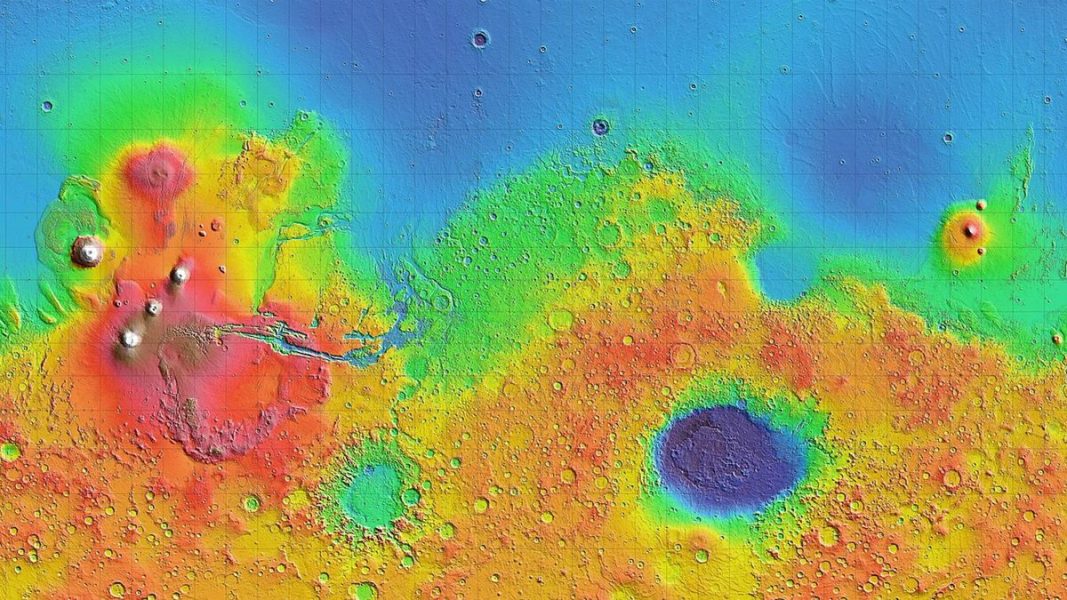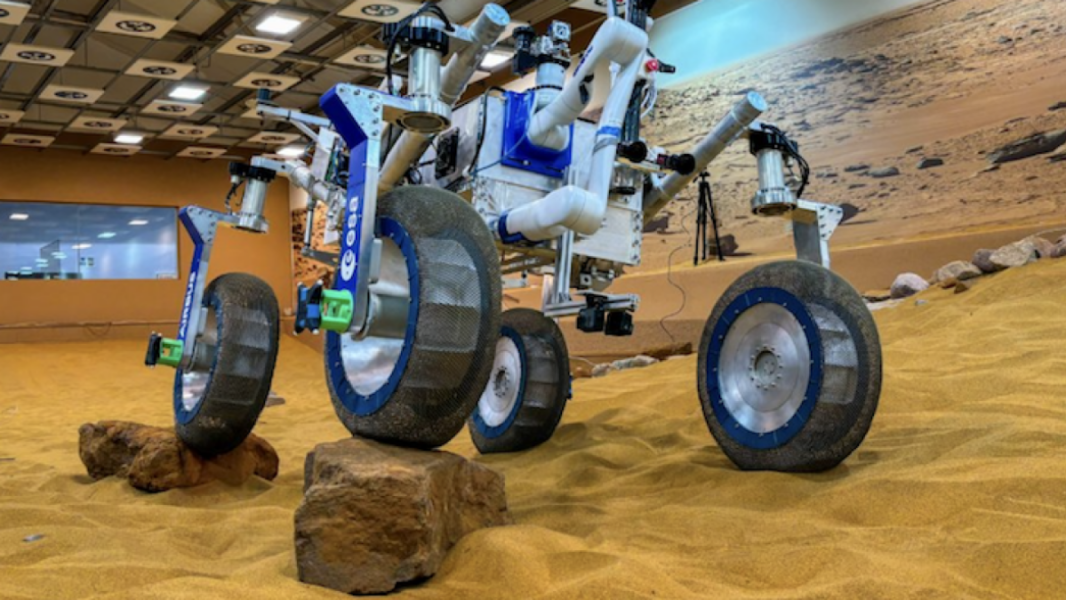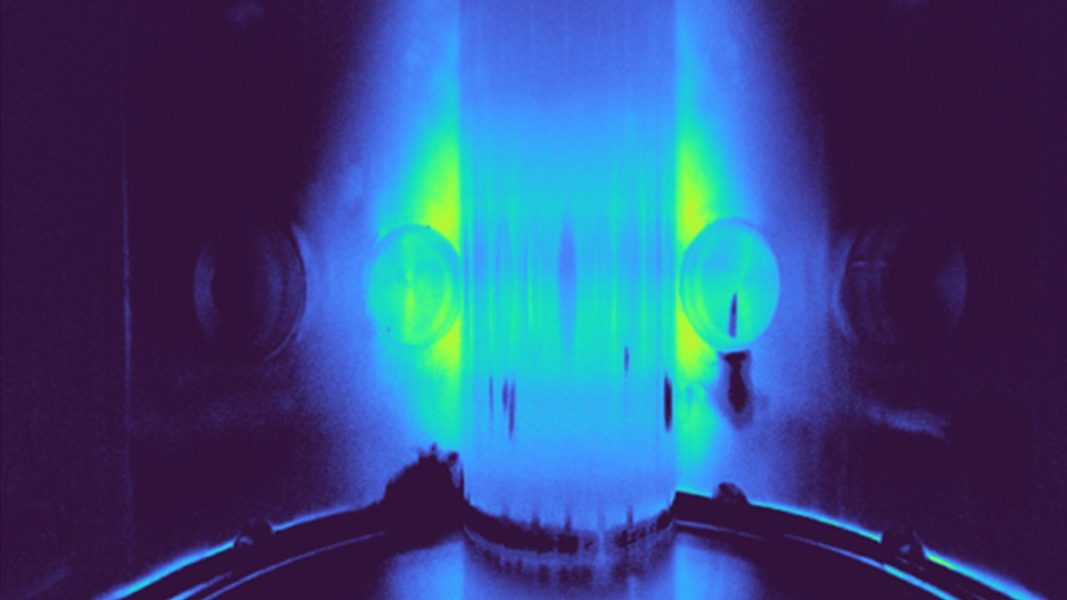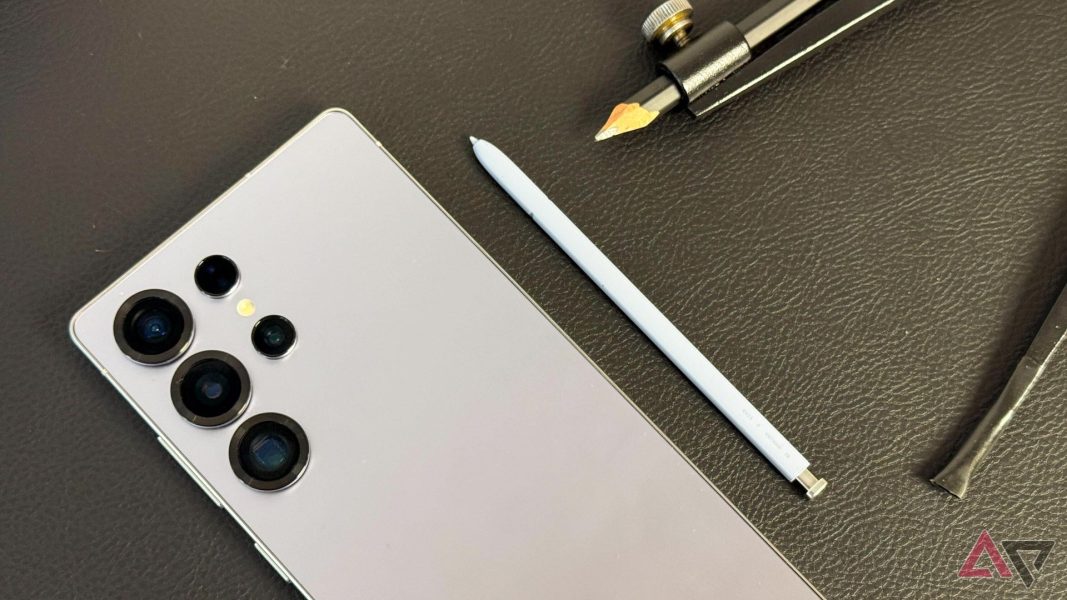Vortex Solo R/T 8×36 monocular – Space.com
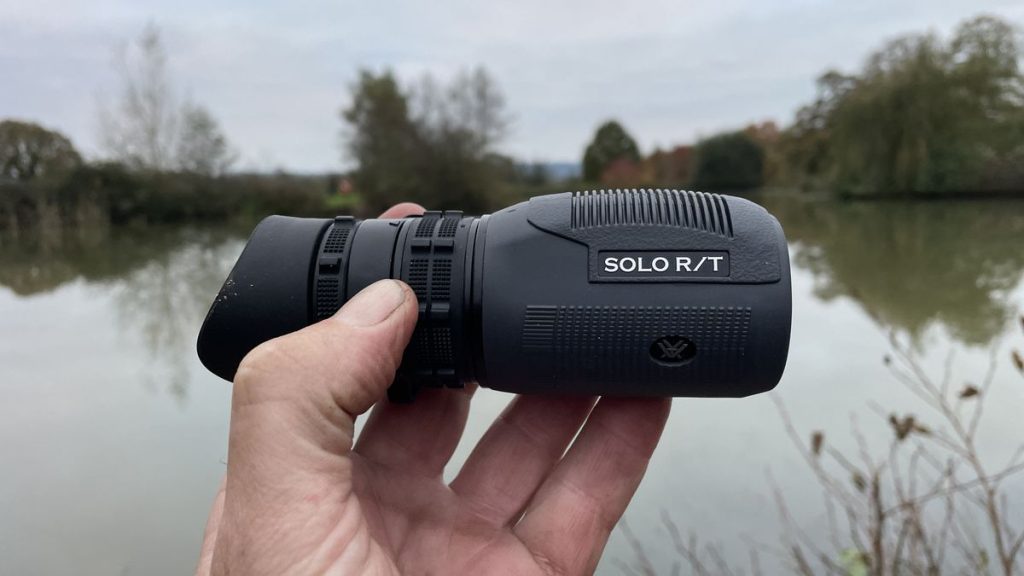
promotionFallbackMessage
When you purchase through links on our site, we may earn an affiliate commission. Here’s how it works.
The Vortex Solo R/T 8×36 is a very well-made and thoughtfully designed monocular. It has extensive rubber body armor and a well-protected eyepiece. At around 11 ounces (303 grams), it’s half the weight of its binocular version and light enough to be comfortable on long hikes with it around your neck.
The glass is multicoated, which ensures efficient light transfer to the eye, and Vortex has included BaK-4 prisms, which enable a bright image with good contrast. Excellent image qualitySmall, light designTough, waterproof constructionSmall objective lensVery stiff initial focusingOnly a quarter turn from close focus to infinityWhy you can trust Space.com
Our expert reviewers spend hours testing and comparing products and services so you can choose the best for you. Find out more about how we test and review products.As mentioned, the Vortex Solo R/T 8×36 is predominantly a ranging reticle with silhouettes to help with range adjustments. This did not get in the way during our test; in fact, the ability to work out distances of objects was actually a useful feature. There’s no reason why a ranging scope can’t be used for other pursuits, so we decided the monocular was worth a look.Plenty of light is transmitted through the 36mm objective lens, and the inclusion of BaK-4 prisms and multisurface coatings on the lens makes for a very useful and competent monocular.The Vortex Solo R/T feels and looks the part. Its body is encased in very durable-looking rubber armor. The objective lens is well recessed into the body, providing lots of protection; we could safely stand the unit on its end without feeling like the glass might get scratched. The monocular is light enough not to be noticed if worn around the neck and tough enough to be dropped without too much worry — although we wouldn’t recommend this!Design: Roof PrismMagnification: 8xObjective lens: 36mmEye relief: 0.7-in (18 mm)Weight: 10.7 oz (303 g)Dimensions: 5.4 / 2.3 / 2.5-in (137 / 58 / 64 mm)The Vortex Solo R/T has two twistable focus rings: One for the main eyepiece focusing and another for the reticle side. We found both very stiff and quite awkward to use, although, with continued use, they did loosen up somewhat. The main focus ring has only a quarter turn of range, which proved to be fiddly. An ideal ratio is one complete turn to enable fine adjustment, but the Solo R/T has to be refocused frequently to get a clear image.The Vortex Solo R/T has an excellent 393-foot (120 meters) field of view at 1,000 yards (131.4 m/1000 m), and the quality of the multicoatings on the lens allowed for some pretty impressive views. We could use the unit in low-light conditions, with the help of the 36mm objective lens, which meant extended viewing long into dusk. There is a little pincushion distortion, which Vortex builds into its optics to help with globe effect distortion. This is used in most binoculars and monoculars, but it was apparent only under scrutiny.Although the BaK-4 prisms are a nice addition, they are not dielectric coated, so we lose out on the reduced reflection and improved image brightness that comes with dielectric coatings. However, the 0.2-inch (5 mm) exit pupil and the 36 mm objective lens made for clear images in our tests. While watching mallards in one of our test areas, we could easily perceive the eyes and the fine details of plumage.We were able to use the unit for some basic astronomy. While looking at the moon on a clear night, we could see the waxing crescent phase in some detail. Other views at this level of magnification aren’t possible.The Vortex Solo R/T has a close focus range of 16 feet (5 m). This limits the unit’s ability to watch butterflies and bird feeders up close, but it does have 0.7 inches (18 mm) of eye relief with the shroud folded. The rubber eyecup is well designed and very comfortable to use. It folds neatly out of the way for people who wear glasses and provides good lens protection.The MRAD-based ranging reticle is used primarily on target ranges, where the gun or rifle is adjusted for accuracy using the system. We found it a really useful addition, as it allowed us to work out the relative sizes of grouped bird species within reason. The reticle includes a silhouette system where the silhouettes’ dimensions are accurate at a given range. This was a new system for us, but it was fun to use once we got the idea.The focus adjustment on our test unit was very stiff. We found that we would have to remove the unit from our eye to focus properly. This is a shame, as monoculars tend to be good for quickly grabbing a shot of a flying bird or darting insect, and the ability to focus quickly with one hand is a common feature of some rivals. Once the eyepiece focus wheel was focused on the user, though, this was needed only once — so it was only the main focus that caused the problem. Over time, the stiffness may ease, but we had the test unit for a limited time.Users say the Vortex Solo R/T 8×36 monocular is super high-quality and results in excellent images. They also note that the monocular is durable and amply protected against damage and weather. Other comments mention the monocular’s excellent light-gathering ability and lightweight design.✅ You want a small, rugged design.✅ You want sharp images with good contrast.❌ You want top-quality image capture: Although the unit performs well, there is room for improvement.❌ You want one-handed focus: There’s no separate focus wheel, and the mechanism is very stiff.We found the Vortex Solo R/T 8×36 monocular to be a very capable performer in our tests. Its lightweight-yet-tough body is well armored and seems highly durable. The image clarity and the unit’s lowlight ability are impressive for a monocular at this price. BaK-4 prisms are a nice addition to the optic’s general quality and usability. The only downside is the stiff focus, which may improve over time.How to use monoculars for stargazingAre night vision monoculars good for skywatching?Best monoculars Best binoculars Best night vision binocularsVortex binocular dealsIf the Vortex Solo R/T 8×36 monocular isn’t for you, we recommend looking at the Opticron Oregon 4 PC Oasis 10×42. This monocular has a raised focused wheel on the top of the chassis. Although this makes it larger than the Vortex Solo R/T, it avoids the problem of the focus ring being in the tube.Alternatively, consider the Opticron Explorer WA ED-R 8×42. This monocular’s tube-mounted focus ring is closer to the objective lens end of the body, making it easier to use. It also has a bigger objective lens, which lets in more light than the Vortex Solo R/T. For the most extreme convenience and small size, take a look at the Nikon HG 5×15. We found this tiny monocular’s image clarity and sharpness hard to beat.Join our Space Forums to keep talking space on the latest missions, night sky and more! And if you have a news tip, correction or comment, let us know at: community@space.com.Matt Morris is a keen astronomer, wildlife watcher and photographer living in Somerset, UK. He started stargazing and birdwatching at the age of 10 with his father who took him to bird hides and nature reserves around England. This sparked his interest in cameras and optics, a passion that has now spanned the better part of four decades and led to his being featured in several national photography magazines for competition-winning photos.Monocular vs binocular: Which is best for stargazingNikon 5×15 HG monocular reviewRocket Lab selected to launch more hypersonic test vehicles for US militarySpace is part of Future US Inc, an international media group and leading digital publisher. Visit our corporate site.©
Future US, Inc. Full 7th Floor, 130 West 42nd Street,
New York,
NY 10036.
Source: https://www.space.com/stargazing/astronomy-kit/vortex-solo-rt-8×36-monocular-review
